Think about your morning routine. Those luxurious creams, refreshing cleansers, and promise-packed serums you carefully choose to enhance your natural beauty and care for your skin. But here's a thought that might surprise you: have you ever really investigated what's hiding behind those elegant packages and compelling marketing claims? Because beneath the surface, many of these trusted products might be harbouring ingredients that do more harm than good.
Here's the exciting part: achieving beautiful, healthy skin doesn't require compromising your wellbeing. The secret? Becoming a savvy ingredient detective. When you know how to decode those mysterious ingredient lists and identify potential troublemakers, you're empowered to make choices that truly nurture your skin and health.
And you're not walking this path alone. There's a revolution happening in the beauty industry, driven by informed consumers just like you who are demanding better, safer options. Beauty brands are listening, and the market is flourishing with products that deliver results without the risks.
Ready to revolutionize your beauty routine? Before we dive into our "ingredients to avoid" guide, let's first understand why these ingredients matter so much for your health and why what you put on your skin is just as important as what you put in your body.
Table Of Contents:
Understanding Why It Matters
Our skin is our largest organ, and contrary to what many believe, it's not just a barrier - it's more like a sponge. What we slather on our skin can find its way directly into our bloodstream. This means those mysterious ingredients in our daily products aren't just sitting on the surface; they're potentially entering our system and affecting our overall health.
Think of your skin as a sophisticated filtration system, but not a perfect one. While it does an amazing job protecting us from harmful bacteria and environmental threats, it's also remarkably permeable. The skin's ability to absorb substances is precisely why medicinal patches work so effectively - and why we need to be equally mindful of what we're applying in our daily skincare routines.
This absorption process happens through several pathways. Our skin's surface is dotted with millions of pores, hair follicles, and sweat glands, all of which can act as entry points for ingredients. Additionally, some chemicals can penetrate directly through our skin cells, especially when they're formulated to do exactly that (like many anti-aging products).
The concern becomes even more significant when you consider the cumulative effect. That single dab of moisturizer might seem harmless, but multiply that by every product you use, every single day. From your morning shower gel to your evening face cream, you're essentially creating a continuous stream of ingredients flowing into your body.
Temperature, skin condition, and the area of application also play crucial roles. Warm, damp skin (like right after a shower) is more permeable than dry skin. Similarly, certain areas of our body, such as our face, underarms, and scalp, tend to absorb substances more readily than others. This is why being mindful of ingredient safety is particularly important for products we use on these sensitive areas.
Top Toxic Ingredients to Watch Out For
1. Parabens
Let's start with perhaps the most notorious ingredient: parabens. These synthetic preservatives are ubiquitous in personal care products. Parabens are excellent at their job, preventing bacterial and fungal growth which is crucial for product safety and shelf life. But here's the unsettling twist: while they're protecting your products, their convenience might come at a significant cost to your health.
In an alarming 2012 study, scientists examined breast cancer tissue samples from 40 women and found that parabens were present in 99% of the samples, with 60% containing not just one, but five different types of these preservatives. While this doesn't prove parabens directly cause cancer, it raises a red flag that can't be ignored: these chemicals appear to mimic estrogen in our bodies, potentially disrupting our delicate hormone balance.
Scientists are increasingly concerned about the relationship between paraben exposure and hormone-sensitive cancers - particularly breast cancer in women and testicular cancer in men. The evidence is compelling enough that several countries have either banned parabens entirely or strictly limited their use in cosmetics.
To avoid these toxins, look out for any ingredient ending in "-paraben," including:
-
Methylparaben
-
Propylparaben
-
Butylparaben
-
Ethylparaben
-
Isopropylparaben
2. Phthalates
Next up is phthalates, chemicals commonly found in fragrances, nail polishes, and other personal care products. These chemicals serve as plasticizers and fixatives, helping products stick to our skin and making fragrances last longer.
Research has linked phthalate exposure during pregnancy to concerning outcomes, including preterm birth and decreased foetal growth. Studies have also found higher phthalate concentrations in indoor dust in homes of children with developmental delays and autism spectrum disorder. Higher concentrations were linked to increased hyperactivity and attention problems, while even children without developmental delays showed impairments in language skills and ability to follow directions when exposed to higher phthalate levels in their environment.
These chemicals can also mess with our body's natural hormone system. Scientists have discovered that early exposures can lead to hormone imbalances and metabolism problems that last into the teenage years, potentially setting the stage for issues like childhood obesity and type 2 diabetes.
Perhaps most concerning is how these chemicals hide in plain sight. Due to current regulations, manufacturers aren't required to list phthalates when they're part of a fragrance formula. Instead, they lurk behind generic terms like "fragrance" or "parfum."
When checking product labels, be on the lookout for these common phthalates:
- Di(2-ethylhexyl) phthalate (DEHP)
-
Dibutyl phthalate (DBP)
-
Benzyl butyl phthalate (BBP)
-
Diethyl phthalate (DEP)
Your safest bet? Choose fragrance-free products or those scented naturally with essential oils.

3. Formaldehyde and Formaldehyde-Releasing Preservatives
Don't be fooled by what's not on the label. While you might not see "formaldehyde" listed in your product ingredients, this dangerous chemical often hides behind innocent-sounding names. These sneaky ingredients slowly release formaldehyde over time to prevent microbial growth and increase shelf life - but at what cost to your health?
In 2014, the National Toxicology Program officially classified formaldehyde as a known human carcinogen. More recently, research has revealed a particularly concerning issue with hair straightening and smoothing products where heat can trigger the release of dangerous formaldehyde levels into the air you breathe.
Despite knowing the serious health risks of formaldehyde in hair straighteners since 2015, the FDA continues to delay action. Their proposed ban has now been pushed to March 2025, leaving both salon workers and consumers exposed to these documented health risks.
Want to protect yourself? Watch out for these common formaldehyde-releasing ingredients:
-
DMDM hydantoin
-
Methylene glycol
-
Quaternium 15
-
3 dioxane
-
Diazolidinyl urea
-
Imidazolidinyl urea
-
Bronopol (2-bromo-2-nitropropane-1,3-diol)
-
Methenamine
-
Sodium hydroxymethylglycinate
-
5-Bromo-5-nitro-1,3-dioxane
-
Polyoxymethylene urea
-
Glyoxal
These chemicals lurk in everything from nail polish and hair-smoothing products to everyday items like body wash and makeup. When in doubt, look for products specifically labelled "formaldehyde-free”, or check ingredient lists against reliable databases.
4. Triclosan
Once celebrated as an antibacterial breakthrough, triclosan now stands as a warning about chemical safety. Though banned in many countries and removed from hand soaps by the FDA in 2016, this controversial ingredient still appears in various personal care products, including toothpastes, deodorants, and body washes.
The concerns are significant: research shows triclosan can disrupt thyroid hormones and potentially contribute to antibiotic resistance - a growing global health crisis. This occurs because bacteria exposed to triclosan can develop mechanisms to survive, potentially making them resistant to other antimicrobial agents, including important medical antibiotics.
The environmental impact is equally troubling. Triclosan has been detected in 60% of U.S. waterways. Its ability to persist in the environment and accumulate in living organisms has alarmed scientists.
Despite these bans, triclosan remains approved for use in certain products, particularly some toothpastes, where manufacturers argue it helps prevent gingivitis.
For consumers looking to avoid triclosan, it's important to:
-
Read labels carefully, as the chemical may appear under different names
-
Be sceptical of "antibacterial" claims on products
-
Recognise that traditional soap and water, when used properly, are equally effective for everyday hygiene

5. Retinyl Palmitate and Retinyl Acetate
While retinoids are celebrated for their anti-aging properties, certain forms deserve careful consideration. Research has revealed a concerning paradox with retinyl palmitate and retinyl acetate, particularly regarding their interaction with UV radiation.
The National Toxicology Program found that retinyl palmitate, when exposed to UV radiation, can accelerate the development of skin lesions and tumours. The photodegradation process generates free radicals that may damage DNA and accelerate the very aging you’re trying to prevent.
Research has shown that these retinoids can significantly increase skin's sensitivity to UV radiation and may break down into potentially harmful compounds when exposed to sunlight
For safer use of retinoid products:
-
Apply only at night
-
Always use broad-spectrum sunscreen during the day
-
Start with lower concentrations to assess skin sensitivity
-
Consider more stable forms of vitamin A like encapsulated retinol
-
Be especially cautious during summer months or in high-UV environments
6. Oxybenzone and Octinoxate
Common in chemical sunscreens, oxybenzone (benzophenone-3) and octinoxate have raised serious concerns for both human health and environmental safety. A 2020 FDA study published in JAMA revealed that these chemicals don't just sit on the skin's surface - they're absorbed into the bloodstream at levels far exceeding safety thresholds.
The health implications are significant: these chemicals appear in 97% of Americans' urine samples and in breast milk, with links to hormone disruption, allergies, cell damage, and low birth weight. Furthermore, oxybenzone doesn't just penetrate skin itself - it acts as a "gateway" ingredient, helping other chemicals penetrate deeper into your body.
The environmental impact is equally concerning. Marine biology research demonstrated that even tiny amounts of oxybenzone (as low as one drop in six-and-a-half Olympic-sized swimming pools) can damage coral reef ecosystems by causing coral bleaching and damaging coral DNA and reproduction. These findings prompted Hawaii and other regions to ban these ingredients.
Safer alternatives include:
-
Mineral sunscreens containing zinc oxide or titanium dioxide
-
Physical sun protection (protective clothing, hats, shade)
-
Newer-generation organic filters approved in Europe and Asia
The Final Word
We've uncovered some startling truths about six of the most concerning ingredients lurking in our personal care products. From hormone-disrupting parabens hiding in our daily essentials to sunscreen chemicals threatening both our health and our oceans, it's clear that what we put on our skin deserves careful consideration.
But this is just the beginning of your journey toward safer skincare. Knowledge is power, and you're already becoming a more informed consumer. In Part 2, we'll continue our investigation into six more toxic ingredients you need to know about, plus provide you with practical, actionable guidance for transforming your beauty routine. Remember: every small change you make today can have a significant impact on your health tomorrow.
Stay tuned - your clean beauty revolution is just getting started.
All linked products have been personally selected by a member of the Goodness Lover team. If you purchase any of these items, Goodness Lover may earn a commission.


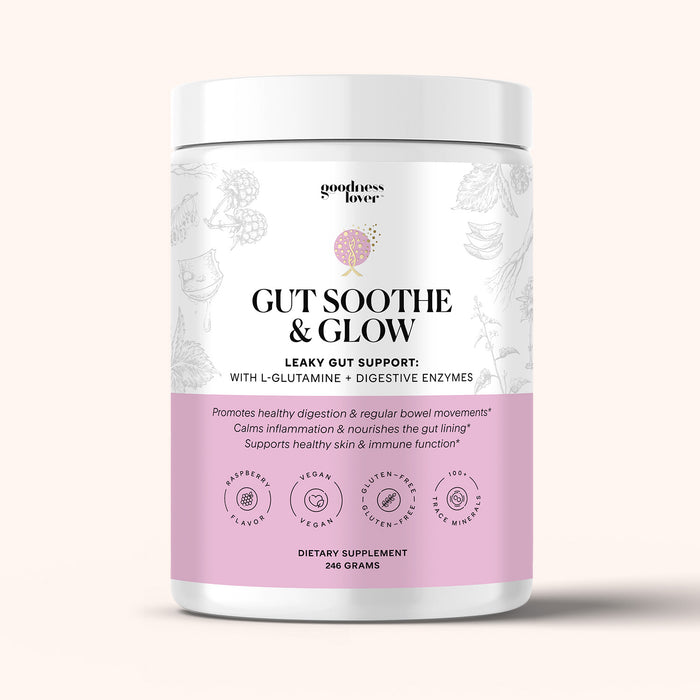
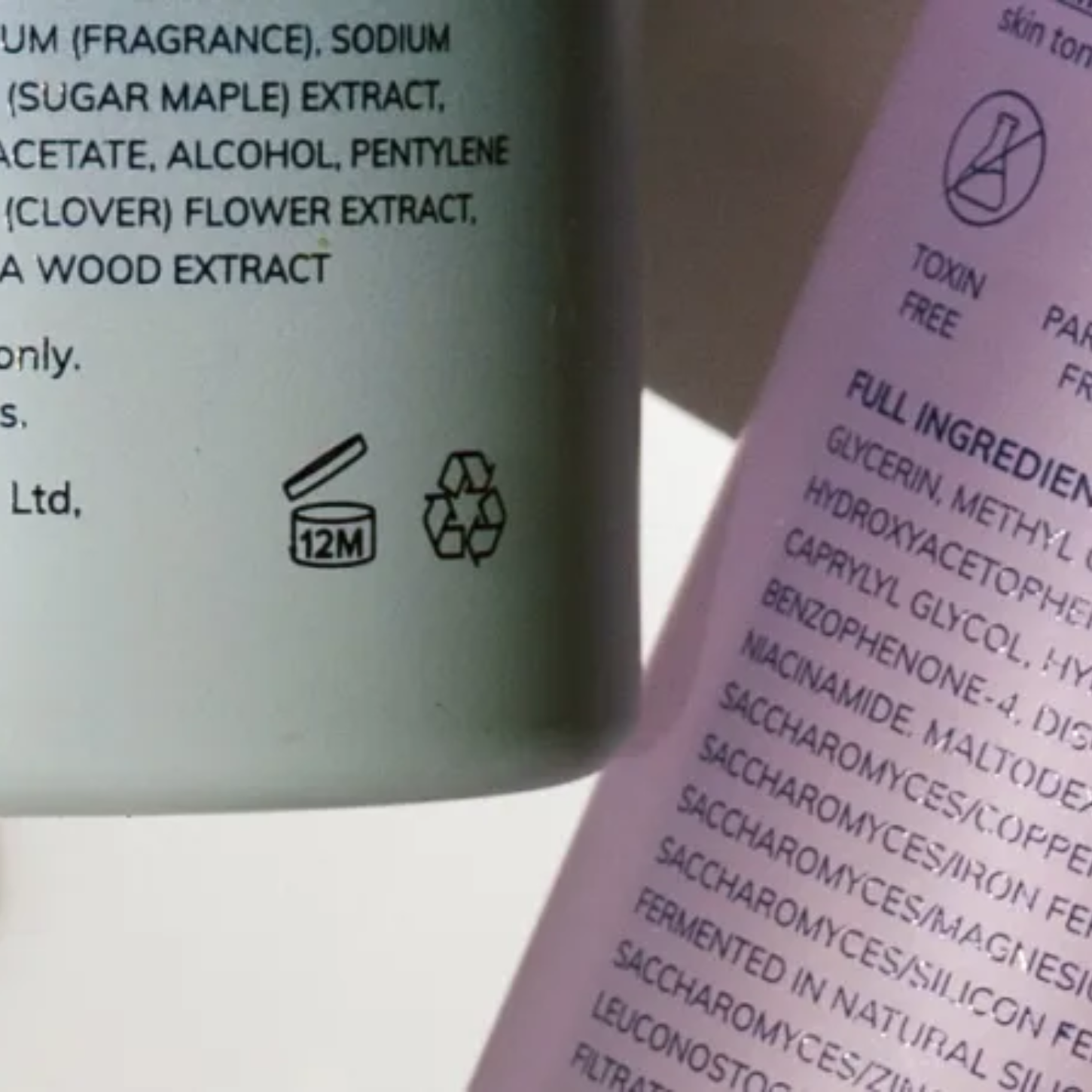



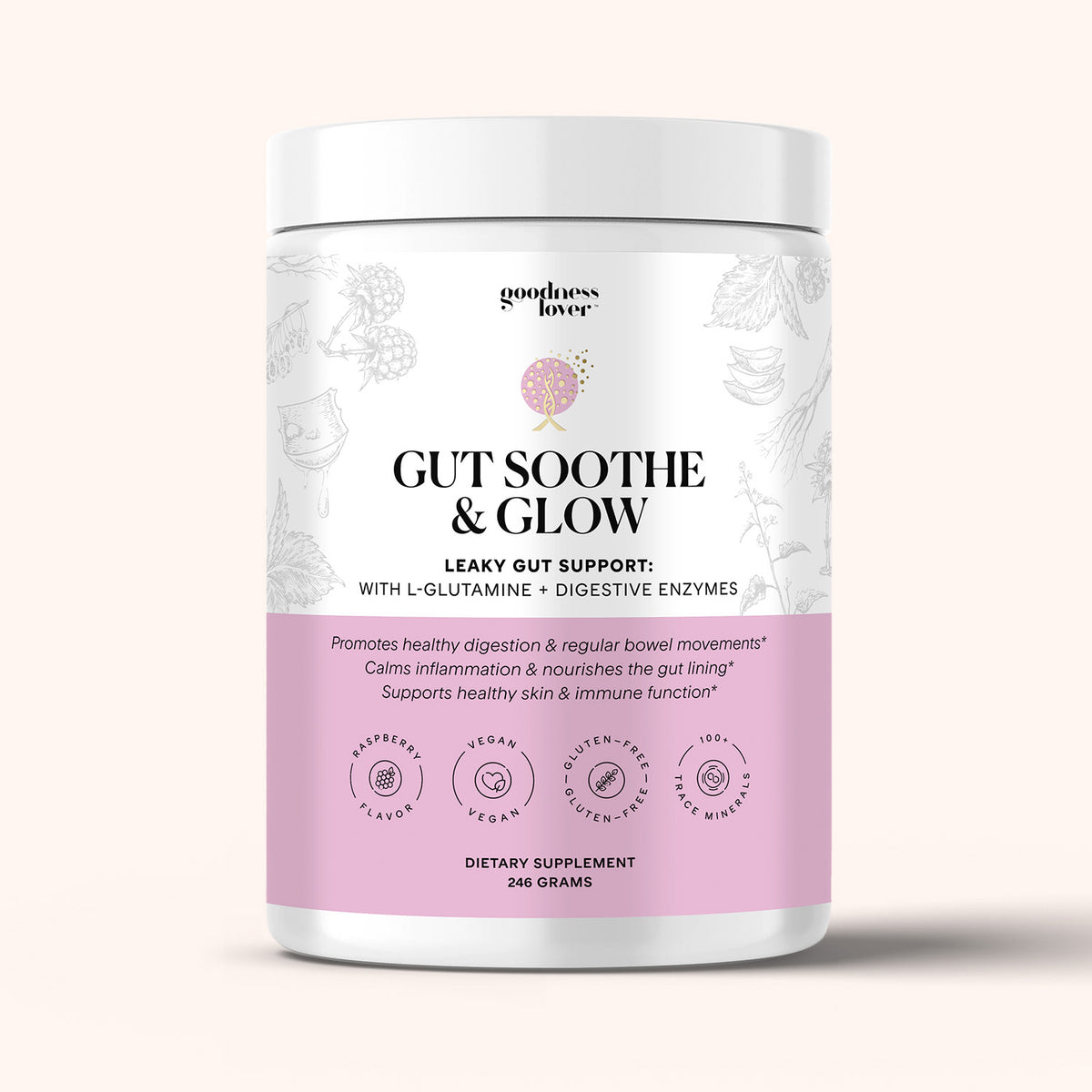
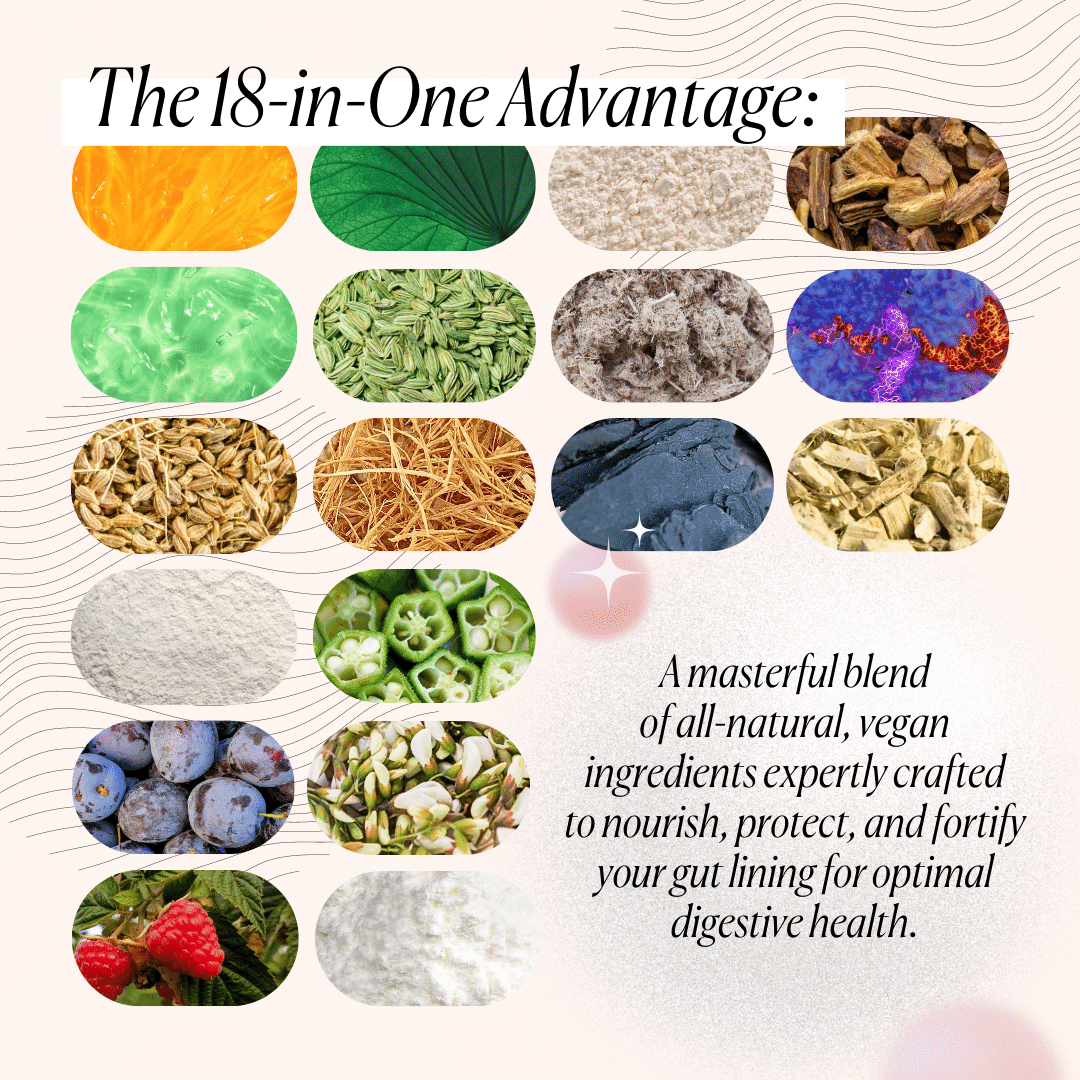
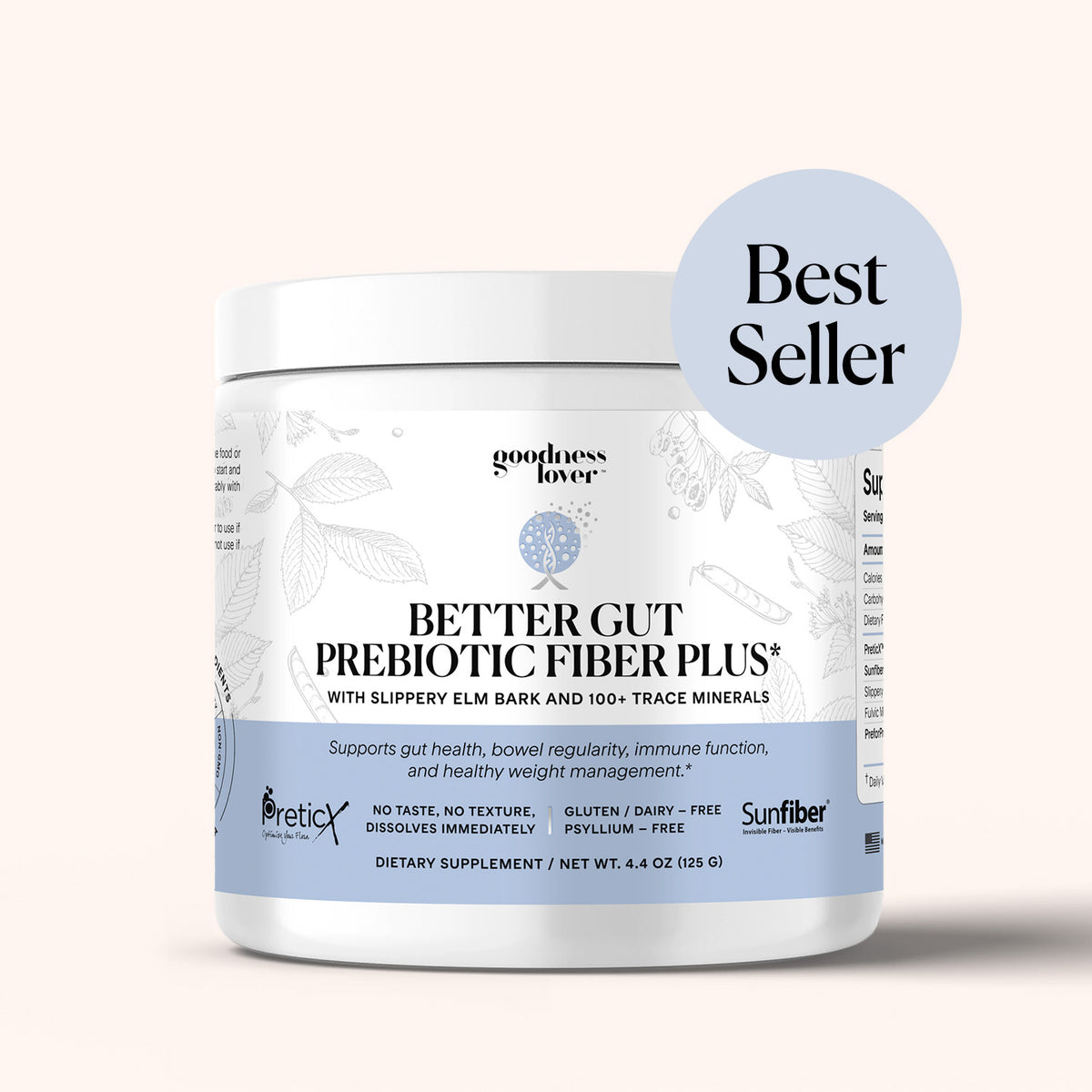
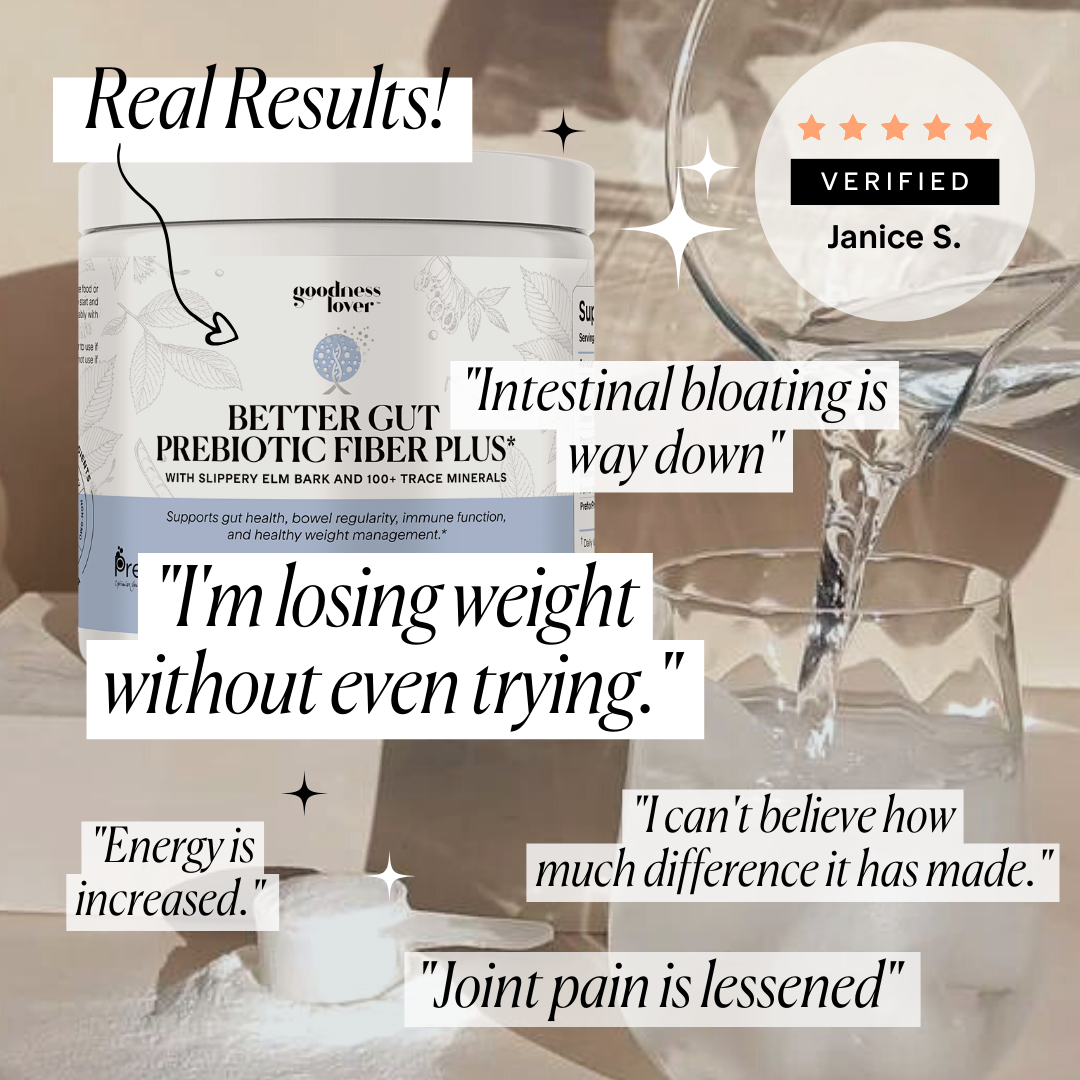
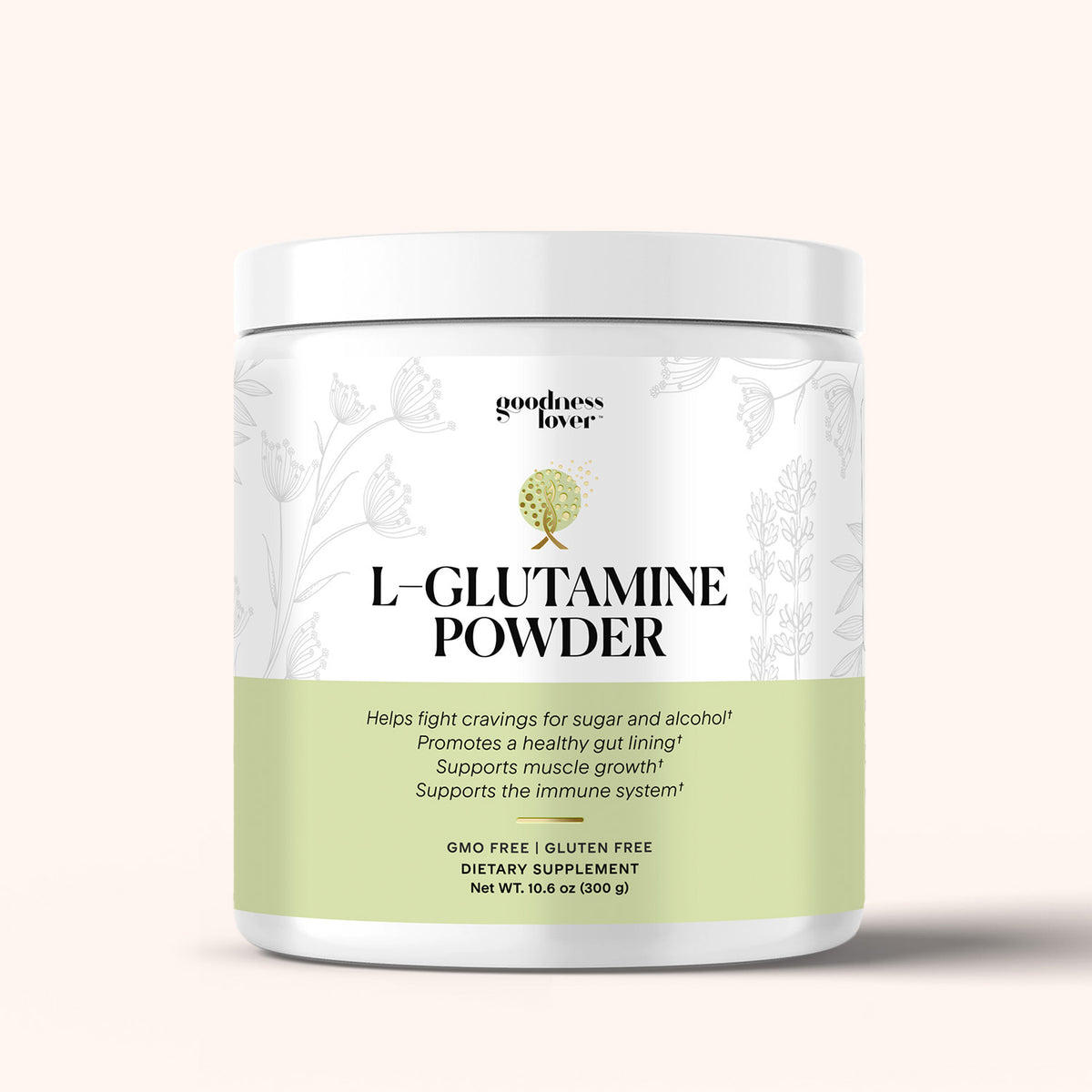
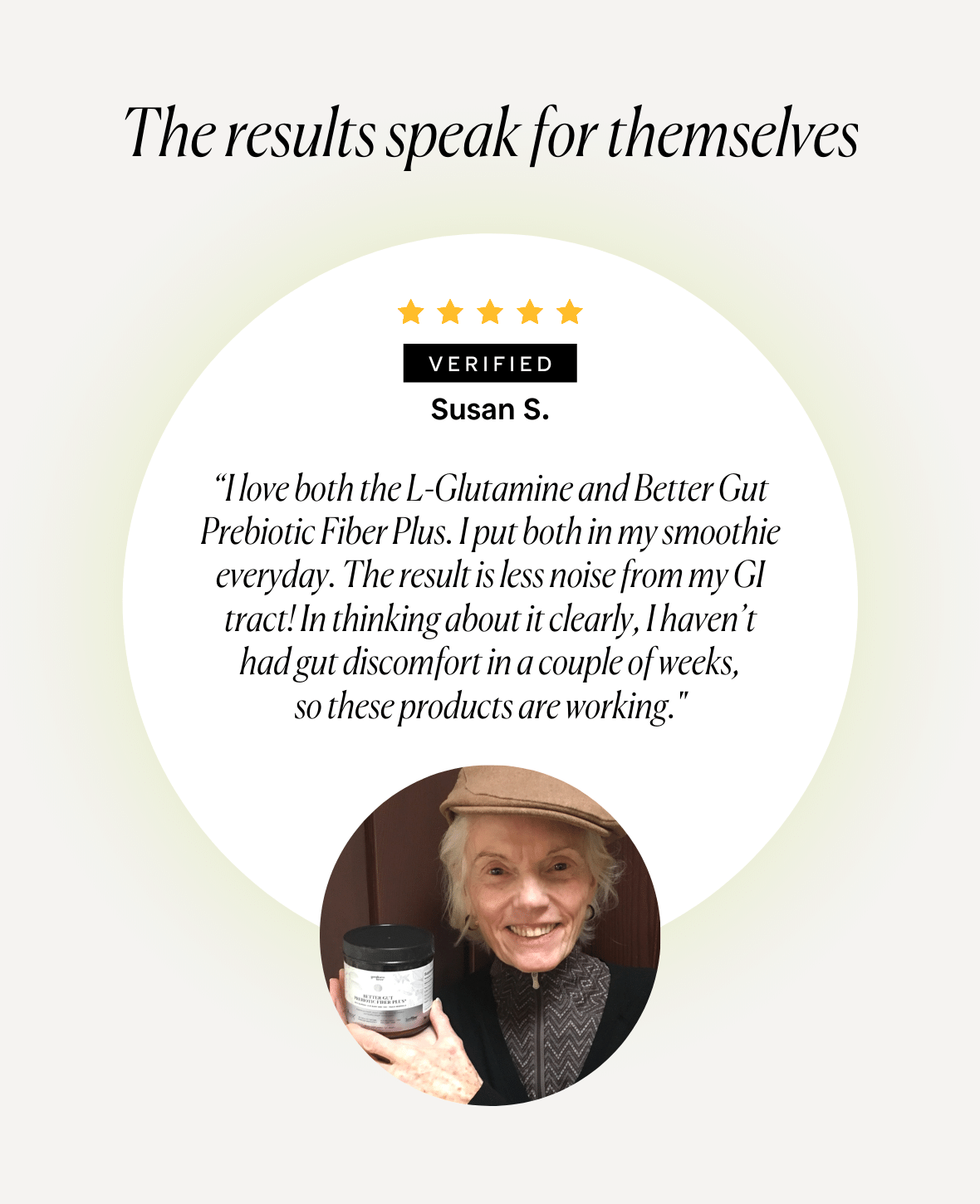
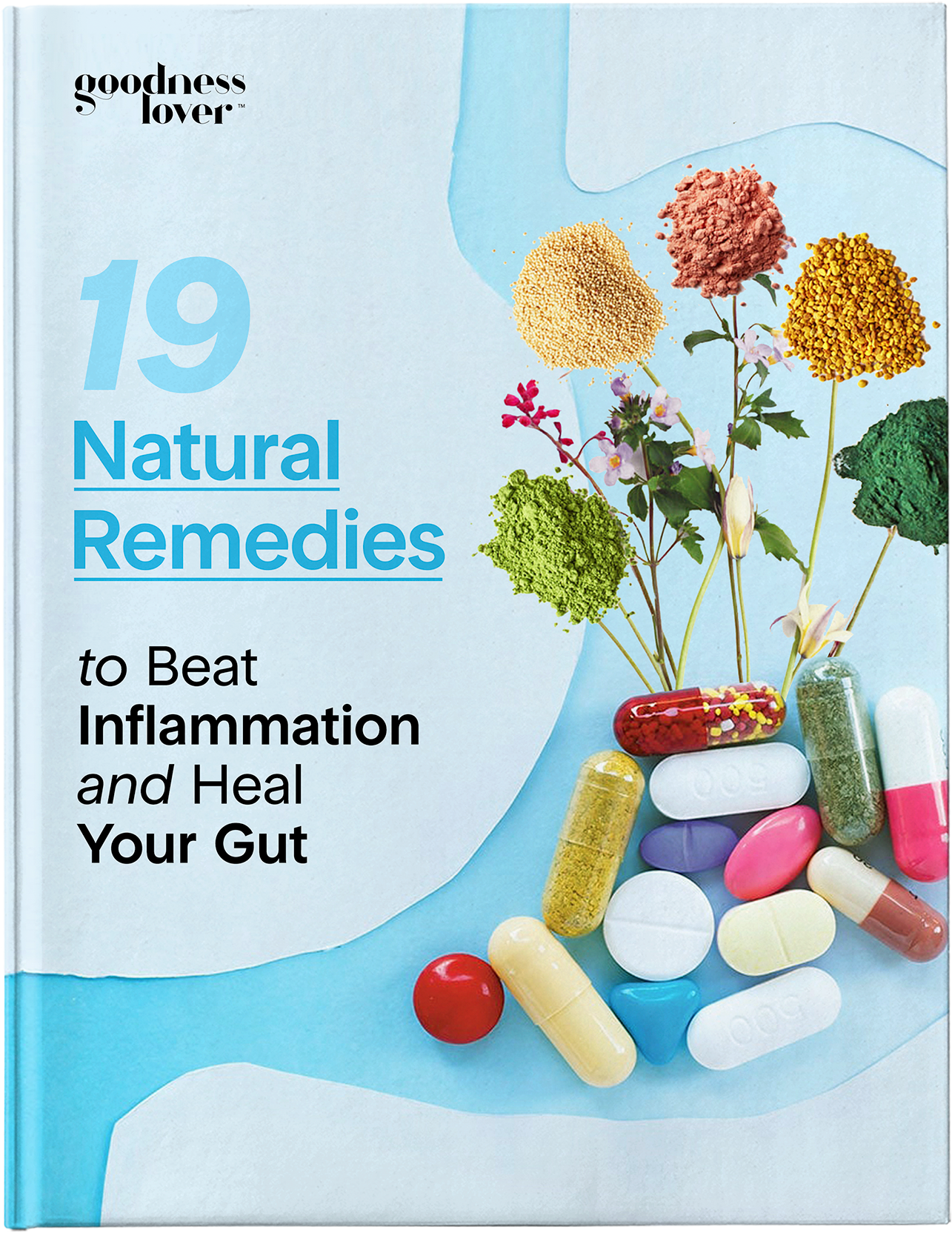
What Do You Think? Comment Below: